November 29, 2023 - Ross Video Team, Customer News
Robotics and the Future of Broadcast Studio Design
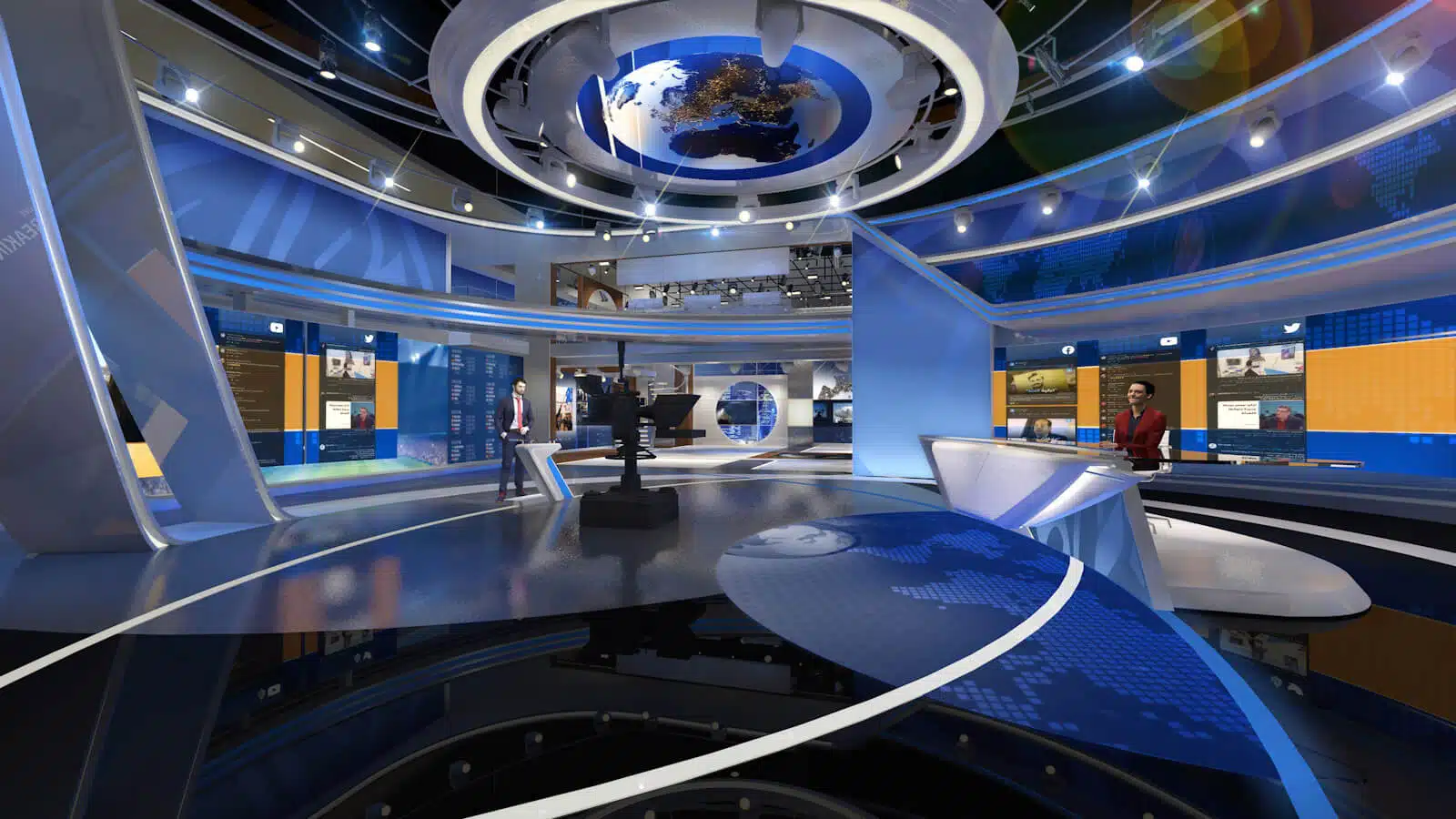

At the intersection of technology and creativity, broadcast studio design is rapidly evolving. The challenge for designers and producers is turning their innovative visions into efficient and functional studio spaces.
Clickspring Design, an award-winning international design firm specializing in broadcast design, interior environments, and experiential events, embarked on an exciting challenge in 2020 when collaborating with a tier-one broadcaster. Their mission was straightforward: design production environments that seamlessly blend visual aesthetics, functionality, and flexibility.
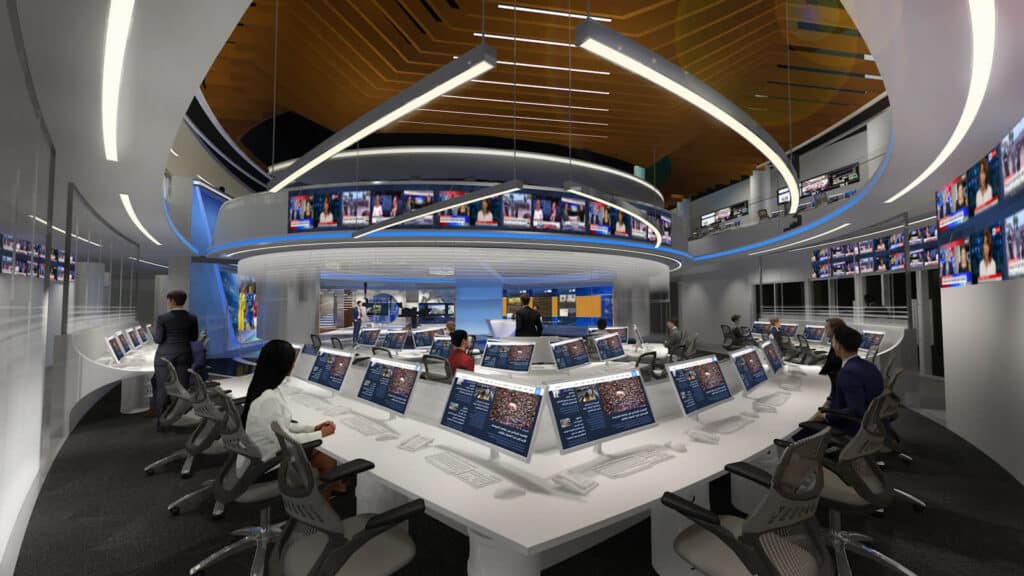
The design process had to accommodate a range of complex demands, including the seamless integration of innovative technology to support a 360-degree shooting plan, all while preserving the storytelling integrity of the editorial teams. Moreover, the project had to find creative ways to accommodate program adjacencies within limited physical space.
We talked to Clickspring Design’s Director of Account Management, Christopher Ferguson AIA, (CF) about the challenges faced and the importance of collaboration between all parties.
How important is knowing what Robotics are being incorporated into a studio project?
CF: The earlier that we can understand the systems that will drive the functionality of the production, the better. Early discussions enable us to make recommendations that prevent later scenic and engineering revisions.
How did you get involved in this project?
CF: We had produced conceptual designs for a smaller, ancillary studio in early 2019, but instead of building out that studio, the client invited us to an RFP for their flagship Studio and Newsroom, and we were lucky to be awarded the work.
How did you approach the set design?
CF: The resulting design is a holistic realization of the client’s vision and a unique series of spaces that can function independently of each other.
Did you have to modify the design after the original brief?
CF: Yes, the rail systems were not initially part of the design brief but proved to be a game-changer when we began our creative workshops, especially as the studios would greatly benefit from their inclusion.
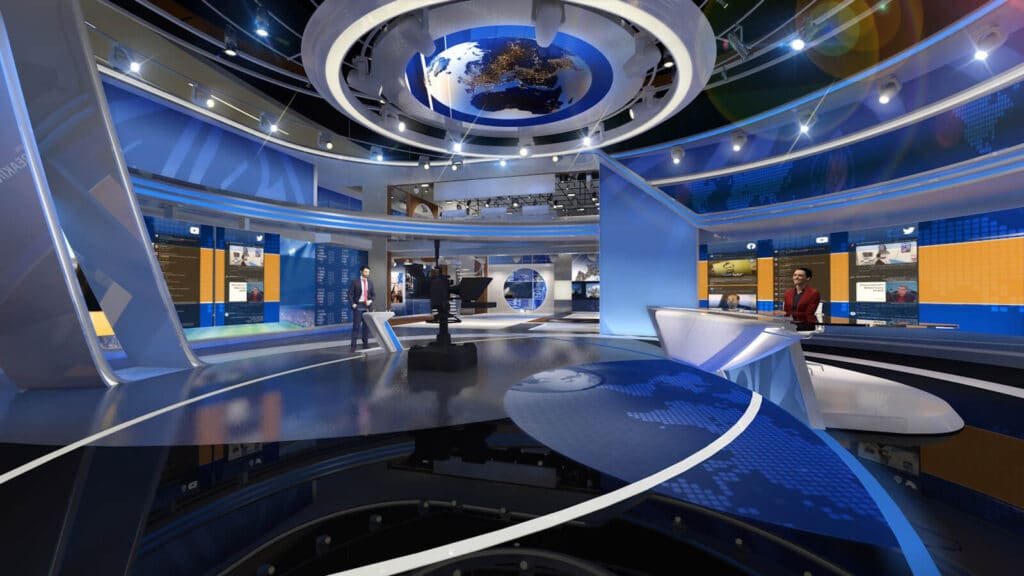
The client’s creative and technical teams also understood the benefits of having a high and low rail in the main studio and newsroom. The ceiling-mounted rail systems were carefully designed to minimize their impact on the set’s layout, allowing for greater flexibility and expanded shooting possibilities.
The client, Ross Video’s technical team, and our team had to collaborate closely throughout the process to ensure a seamless implementation. The technical team at Ross Video had to take extreme care to understand the tight tolerances and unique paths that were planned — and dedicated a lot of time in creative workshops to understand the parameters of the client’s system. That close coordination continued on-site throughout the installation.
How do you feel about the result, including what you wanted to achieve with the overall set design?
CF: We are all incredibly proud of the outcome, a sentiment our client has shared with us repeatedly since the launch. The idea of movement was central to their original creative vision. Tracking shots while the anchors moved within the studio was critical to achieving that, as was capturing the height and breadth of the space. These shots would typically require a floor-mounted jib, but the ceiling-mounted SkyDolly camera systems with three tracks encircling the studio removed that need. This helps to free up floor space for the presenters and allows the free-roaming CamBot pedestals to move almost anywhere in the studio.
This project is among those where the challenge was well worth the opportunity to produce something that pushes the industry forward. We’ve met the objective and provided our client with a high degree of flexibility in capturing shots and creating unique on-air experiences.
What advantages does integrating rails into the set offer??
CF: Rail integration offers many benefits, especially for directors and producers who can pre-program their shots, and it’s simply easier to produce more shots with fewer camera operators. Using a combination of robotic pedestal cameras, tracking rail cameras, and operators that move freely in the studios allows for flexibility and quick changes to blocking and talent movement.
What are the main challenges when incorporating robotics into set designs?
CF: The engineered assemblies of the robotic tracking cameras must also be incorporated into the set design. Tight tolerances mean product specifications must be evaluated down to the fastener, and we must consider every designed element that can be seen on air. Cable management for the tracking cameras and the location of positioning targets for robotic cameras are two examples of these considerations where aesthetics and equipment performance need to be aligned.
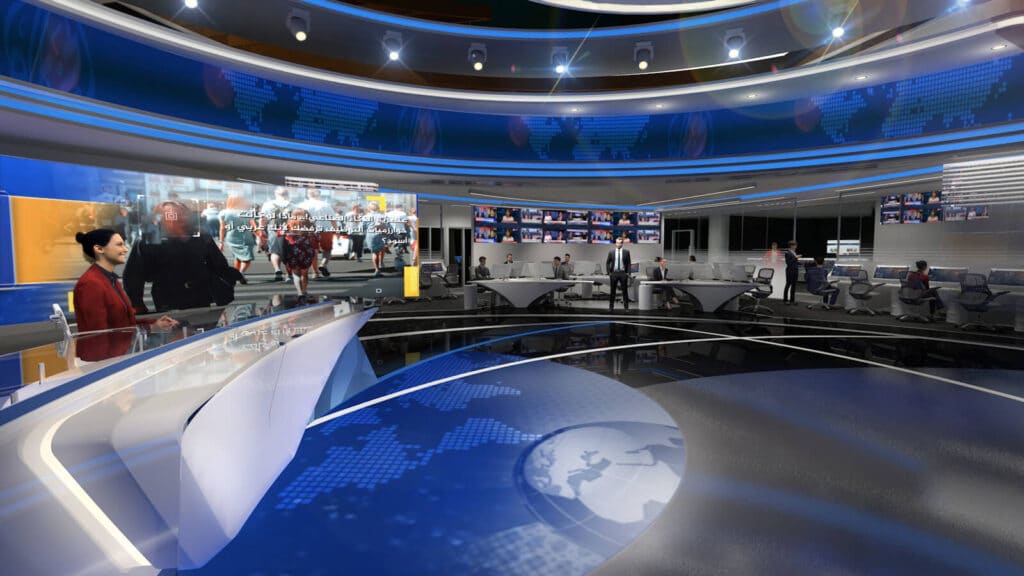
Have you had any projects where the design has had to be modified considerably to incorporate robotics?
CF: That is something we work to avoid; however, decision-making sequencing is not always linear in ambitious projects with challenging timelines. In these cases, the robotic systems being introduced need to be evaluated against the designs currently in progress, a consideration that cannot result in a “forced fit,” which could compromise performance. Continuous coordination is critical in all our broadcast studio projects to ensure a seamless marriage between the robotic camera systems and design intent.
If you had to name three factors that contribute to project success from concept to execution, what would they be?
CF: The three essential elements that add value to a project are meticulously vetted project budgets and timelines, transparent and open communication between project teams, and an unwavering commitment to prioritizing the on-air product above all else.
For any inquiries or to learn more about how Ross Video can help make your vision a reality, reach out to our team using the form below.
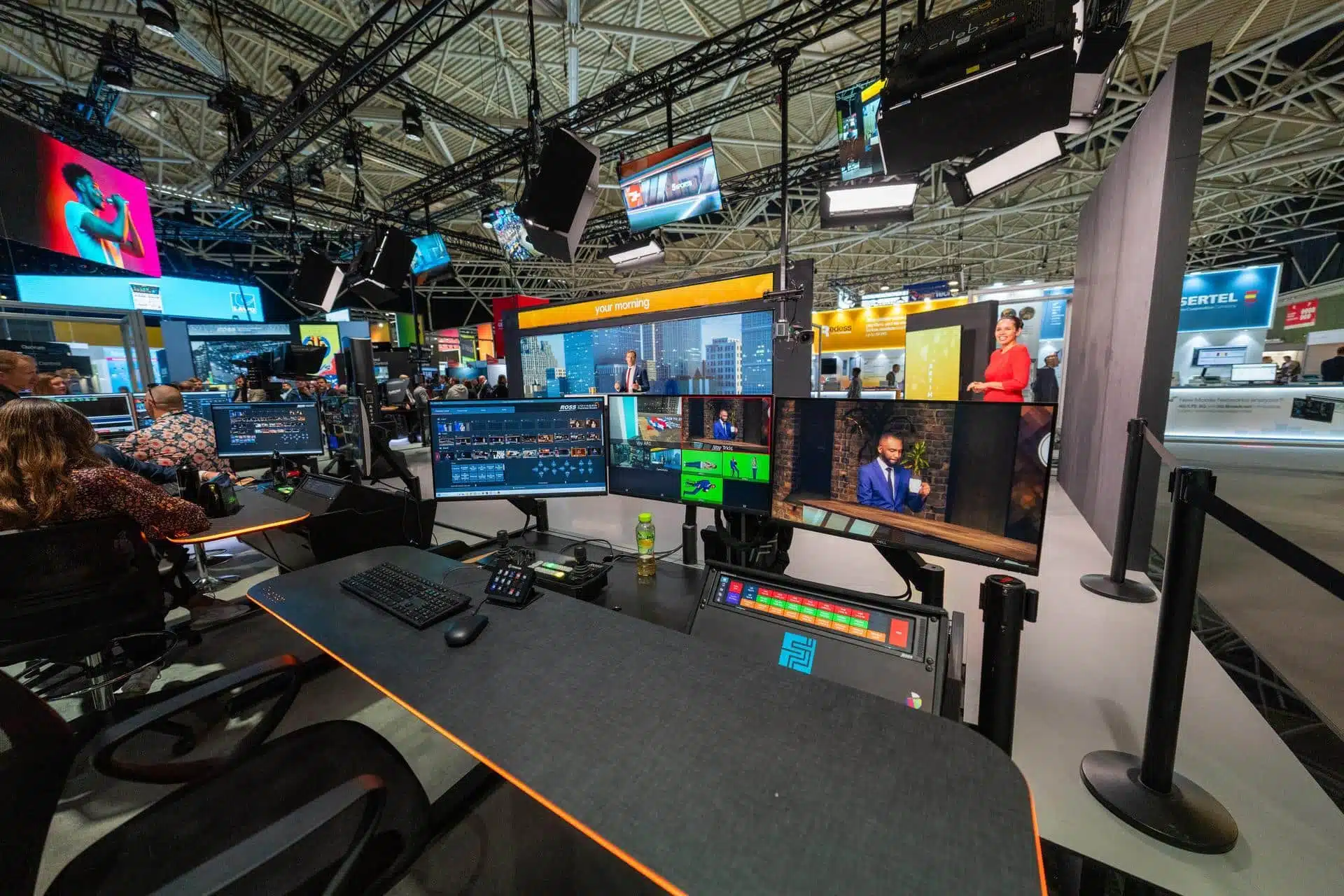
Modern newsrooms are under pressure to deliver compelling content in an increasingly competitive media environment. Viewers expect more than just accurate reporting—they want visually engaging stories that …
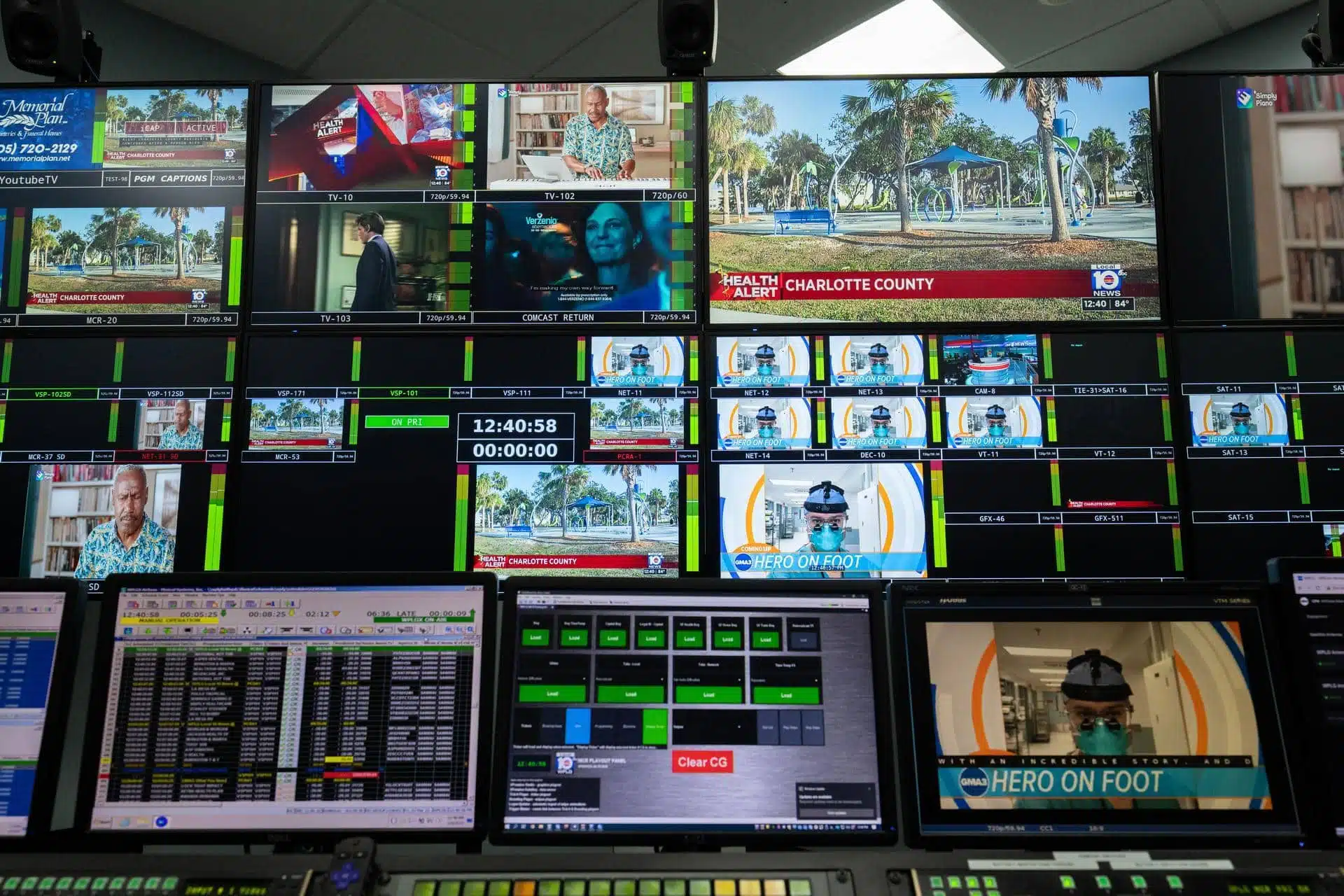
Newsrooms today face an unprecedented challenge: capturing and maintaining viewer attention in an era of infinite distractions. From smartphones to streaming platforms, audiences have more options than …
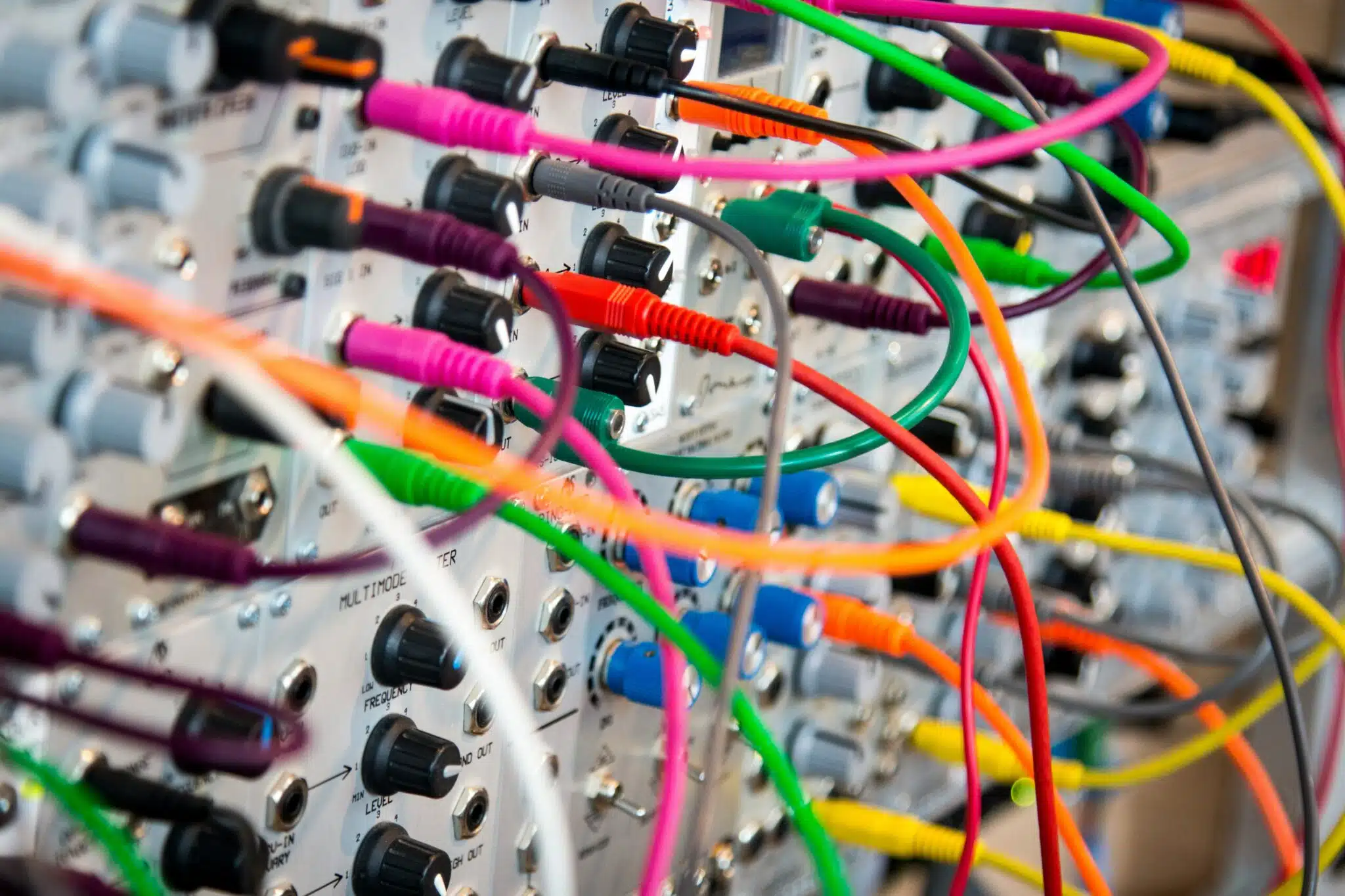
How modern ingest and playout tools are driving the evolution of newsroom content supply chains and production workflows.